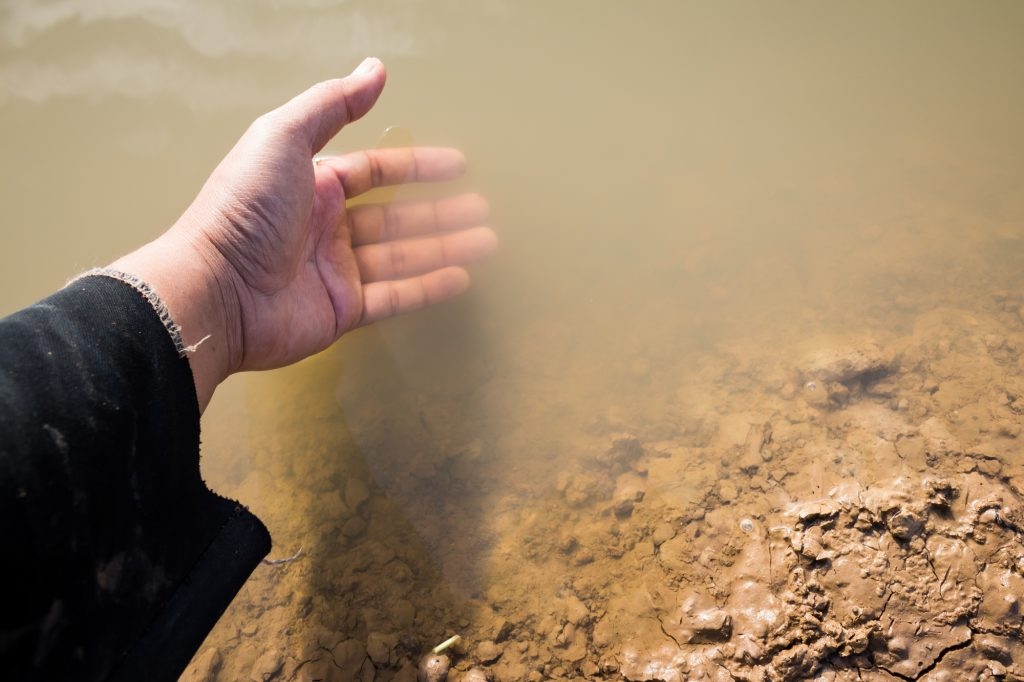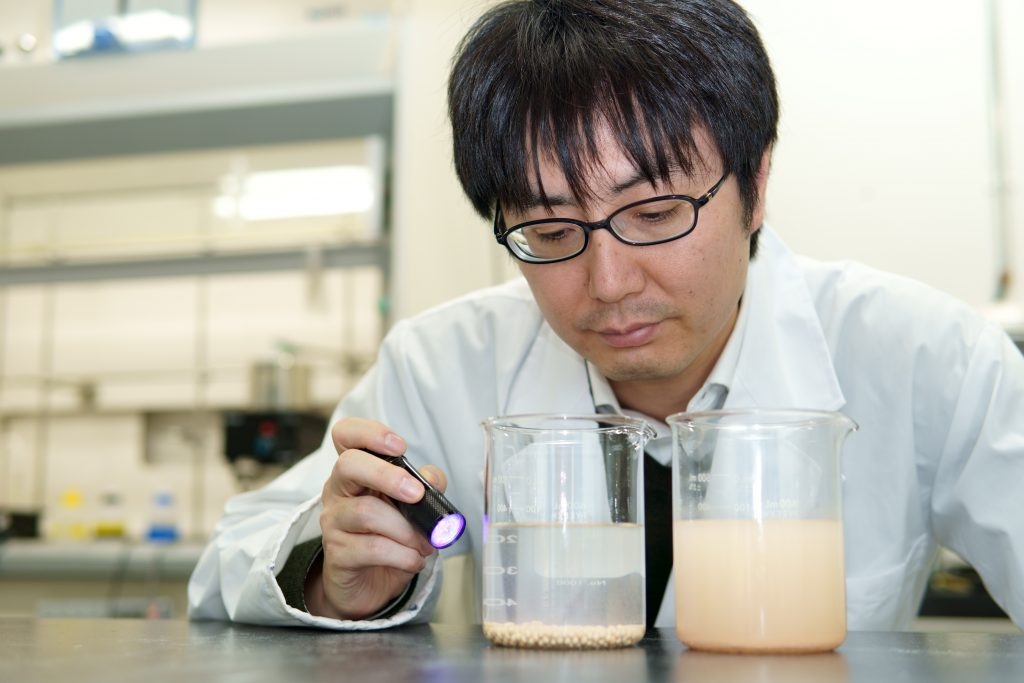In 1995, former Vice President of the World Bank, Ismail Serageldin, said that, “if the wars of this century were fought over oil, the wars of the next century will be fought over water.”
Now, in the 21st century, the world indeed finds itself faced with a severe shortage of water.
And with global population growth continuing to explode while more and more people concentrate into urban areas, the demand for water keeps growing.
Water usage is increasing rapidly as a result of industrial and agricultural development in developing countries.
These and various other factors are why roughly 40% of the world’s population suffers from a shortage of safe and available water, making this truly the “era of water.”
This larger problem encompasses another serious challenge, that of improving water quality and ensuring the supply of safe drinking water through water purification.

Researchers at the Tokyo University of Science are working on photocatalytic air and water purification technology. A photocatalyst is a material which has a tendency to react chemically when exposed to light. Because this reaction can be used to break down nearly all organic materials, photocatalysts are being looked at as potential environmental purification materials.
In particular, researchers from the Yasumori-Katsumata Laboratory in the Department of Materials Science and Technology are researching the potential uses of iron oxyhydroxide (FeOOH) as a photocatalyst.
FeOOH, which is made from iron, oxygen and hydrogen, all of which are abundantly available on earth, has been well-known since antiquity as “iron rust.”
It has been discovered that, when exposed to light, this incredibly abundant FeOOH purifies liquid waste from industrial, agricultural and other processes, while generating hydrogen as a byproduct.
It is thought that, by applying technology that capitalizes on this effect, we can make more effective use of water and put ourselves one step closer to solving the water-related challenges facing our world.

Looking ahead, researchers are exploring ways of combining FeOOH and light energy with glass and microorganisms. It is hoped that this research will lead to the development of technology capable of breaking down microplastics, pharmaceutical residues and other hard-to-break-down materials.
In addition, by achieving water quality purification along with the production of valuable materials, this research is contributing to resource renewal and, by extension, resolving the larger resource-related problems that our world is facing.
■ Main research content